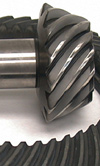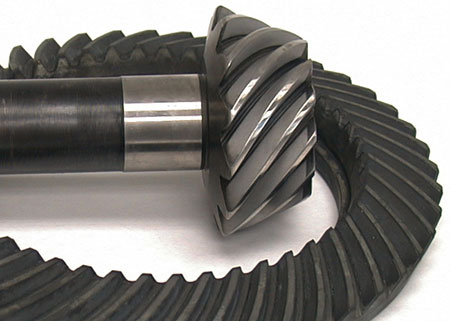Transmission dynos
 In previous issues of RET-Monitor we have looked at the wide variety of dynamometers designed to measure engine power output or gauge the parasitic losses of particular components. However, engines are not the only area of a racecar that can benefit from dynamometer testing. In the upper levels of motorsport, every tiny performance gain counts, and the transmission and final drive is an area where considerable gains can be made. Enter the transmission dyno, the most direct method of quantifying improvements in transmission efficiency.
In previous issues of RET-Monitor we have looked at the wide variety of dynamometers designed to measure engine power output or gauge the parasitic losses of particular components. However, engines are not the only area of a racecar that can benefit from dynamometer testing. In the upper levels of motorsport, every tiny performance gain counts, and the transmission and final drive is an area where considerable gains can be made. Enter the transmission dyno, the most direct method of quantifying improvements in transmission efficiency.
NASCAR Cup racing is some of the most closely fought motorsports in the world, and any performance improvement, no matter how small, can prove decisive. This is especially the case on the superspeedways, where the mandated restrictor plates equalise engine performance. With gains ever harder to find, teams have been looking to the transmission for an improvement in performance. Being able to measure these improvements accurately is a key facet of any development project. While transmission dynamometers are fairly commonplace, those powerful enough to replicate a 750 hp racecar - or sensitive enough to track tiny efficiency gains reliably - are not.
This has led one company to develop its own system that is tailored to the needs of NASCAR. Unlike most dynamometers, which rely on an electric motor to operate, this system uses a series of hydraulic pumps; these have excellent power density and can be operated much like a DC electric motor.
The use of an oil-based hydraulic medium also allows the dyno to simulate most of the loadings a transmission is likely to experience. There is a series of input and output pumps, with the power generated by the output pumps being recycled to drive the input pumps, greatly reducing the power consumption of the whole system. The system can also be instantaneously reversed in order to simulate overrun scenarios, while built-in accumulators allow for transient power scenarios.

The final and potentially most important feature of the rig is its ability to tilt, simulating cornering g-forces - vital given the quantity of time a NASCAR spends turning. Engineers can then asses oil distribution under load when the car is on steep banking and use this data to improve the internal casing design. Measurement of input and output torques is achieved with a series of torque transducers that provide a level of sensitivity far beyond that available on commercial dyno systems of the same power output.
Since the facility opened there has been a steady stream of teams using the services on offer to gain a greater insight into transmission performance. Most of the work undertaken is in assessing new components in an attempt to gain greater efficiency, with improvements of even 0.5% being seen as a performance advantage. However, it does not stop there, and many teams use the facility to run endurance tests on components, at a far lower cost than track testing or running an entire vehicle on a chassis dyno. Factors such as gear vibration have also been investigated, using accelerometers installed on the transmission casings.
Fig. 1 - Ring and pinion gears are just some of the components that have been improved using data from a transmission dyno
Written by Lawrence Butcher